For Gen Z, viral videos are the new primetime
Gen Z isn’t just watching creators—they’re choosing them over traditional TV and movies. That’s the big takeaway from Deloitte’s 19th annual Digital Media Trends survey. The report finds that 56% of Gen Z and 43% of millennials find social media content more relevant than traditional entertainment options, and about half feel a stronger personal connection to social media creators than to actors or TV personalities. The entertainment industry is in a battle for attention, competing for an average of six hours of daily screen time per person. But that number isn’t increasing. In this landscape, tech platforms have the upper hand over traditional studios and streamers, with online creators catering to every niche imaginable. And younger consumers don’t just watch creators—they trust them. A majority of Gen Z and millennials say creator content is their favorite type of video, and about half feel a stronger bond with influencers than with TV personalities or actors. These parasocial relationships keep fans invested, scrolling, and coming back for more. For younger audiences, viral videos aren’t just entertainment—they’re the new primetime, and creators are today’s stars. That doesn’t mean the grass never looks greener. A number of creators are making the leap to network TV and streaming platforms, where they can secure lucrative and stable contracts, gain exposure, and grow their audiences. Just as creators are building on their fame in traditional media, celebrities are also establishing themselves as brands and amassing followings on social media. It’s not just attention that media and entertainment companies are fighting for—it’s also a limited pool of consumer spending. Subscription fatigue is real, and there are no signs of people paying more for streaming services. Instead, many are frustrated by rising prices and the hassle of juggling multiple subscriptions to access the content they want. Nearly half of those surveyed by Deloitte feel they’re overpaying for streaming services, and 41% say the content isn’t worth the cost. To compete for views in today’s media landscape, traditional studios and streamers need to get with the program. As recently as two decades ago, pay TV was considered just as essential in the household as toilet paper. Fast forward to today, and for younger generations, TV is background noise while they scroll on their phones.

Gen Z isn’t just watching creators—they’re choosing them over traditional TV and movies.
That’s the big takeaway from Deloitte’s 19th annual Digital Media Trends survey. The report finds that 56% of Gen Z and 43% of millennials find social media content more relevant than traditional entertainment options, and about half feel a stronger personal connection to social media creators than to actors or TV personalities.
The entertainment industry is in a battle for attention, competing for an average of six hours of daily screen time per person. But that number isn’t increasing. In this landscape, tech platforms have the upper hand over traditional studios and streamers, with online creators catering to every niche imaginable.
And younger consumers don’t just watch creators—they trust them. A majority of Gen Z and millennials say creator content is their favorite type of video, and about half feel a stronger bond with influencers than with TV personalities or actors. These parasocial relationships keep fans invested, scrolling, and coming back for more. For younger audiences, viral videos aren’t just entertainment—they’re the new primetime, and creators are today’s stars.
That doesn’t mean the grass never looks greener. A number of creators are making the leap to network TV and streaming platforms, where they can secure lucrative and stable contracts, gain exposure, and grow their audiences. Just as creators are building on their fame in traditional media, celebrities are also establishing themselves as brands and amassing followings on social media.
It’s not just attention that media and entertainment companies are fighting for—it’s also a limited pool of consumer spending. Subscription fatigue is real, and there are no signs of people paying more for streaming services. Instead, many are frustrated by rising prices and the hassle of juggling multiple subscriptions to access the content they want. Nearly half of those surveyed by Deloitte feel they’re overpaying for streaming services, and 41% say the content isn’t worth the cost.
To compete for views in today’s media landscape, traditional studios and streamers need to get with the program. As recently as two decades ago, pay TV was considered just as essential in the household as toilet paper. Fast forward to today, and for younger generations, TV is background noise while they scroll on their phones.


















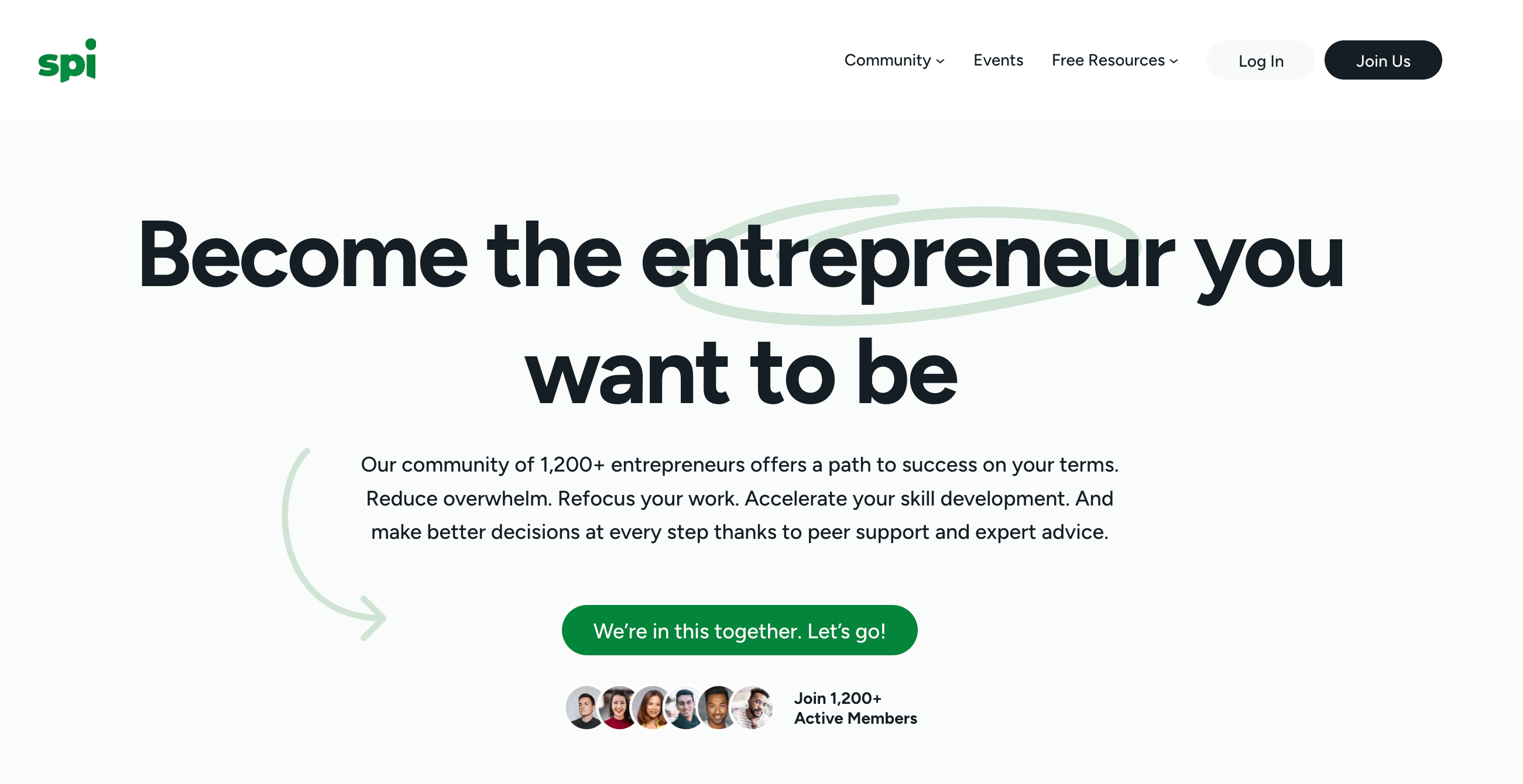


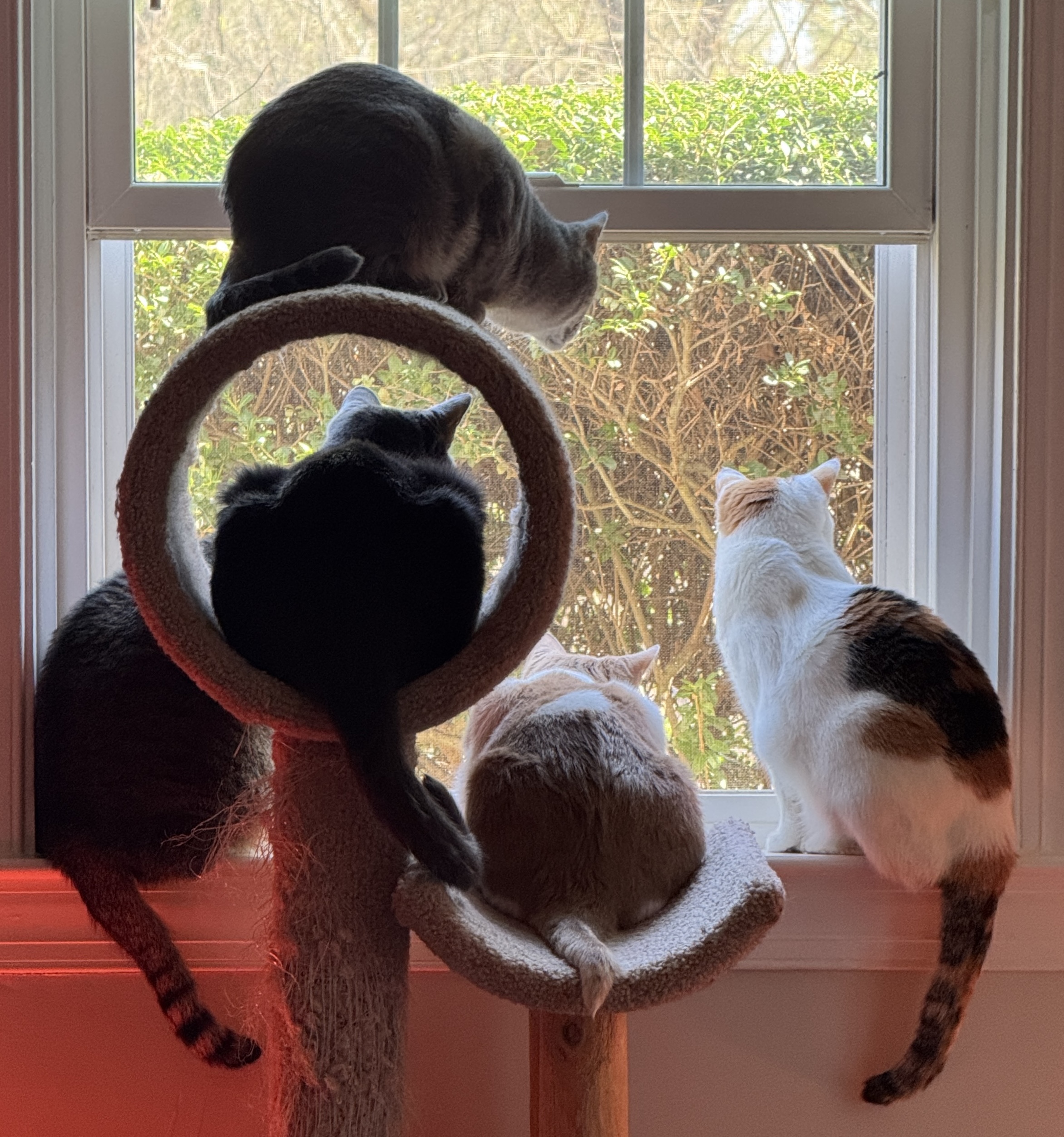



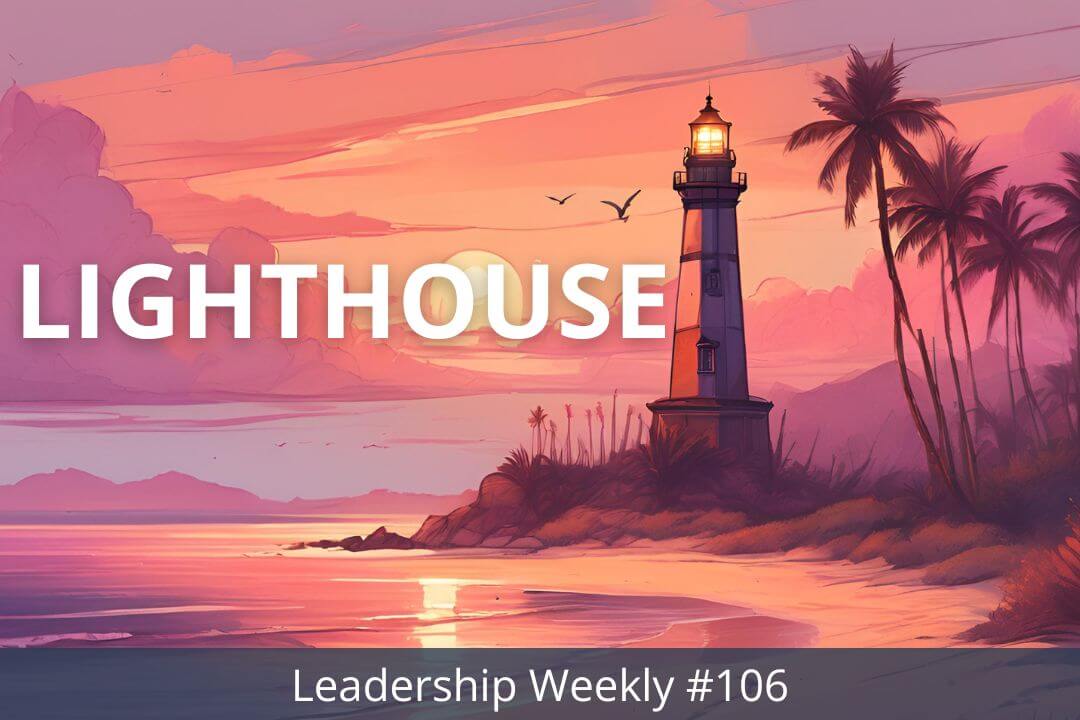

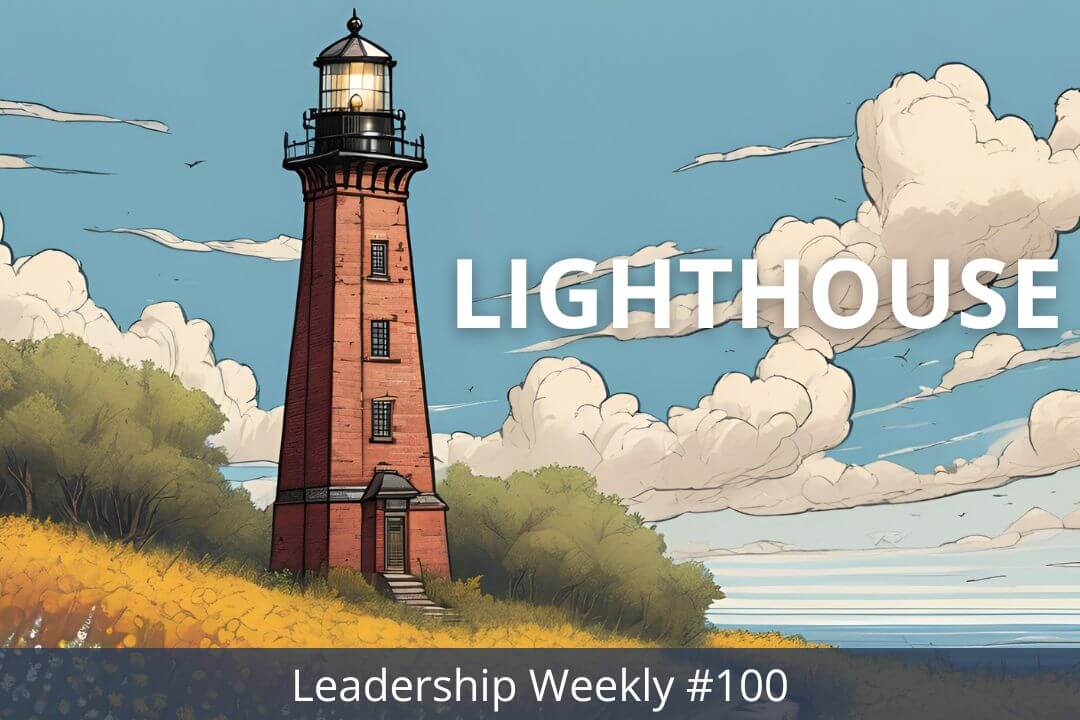
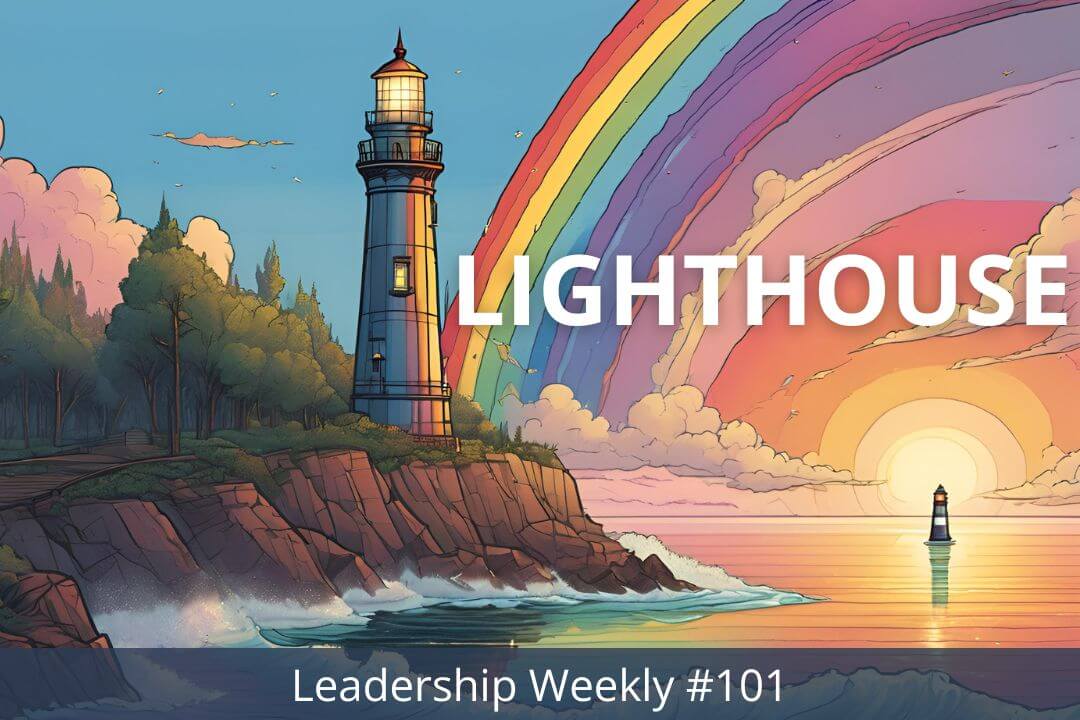
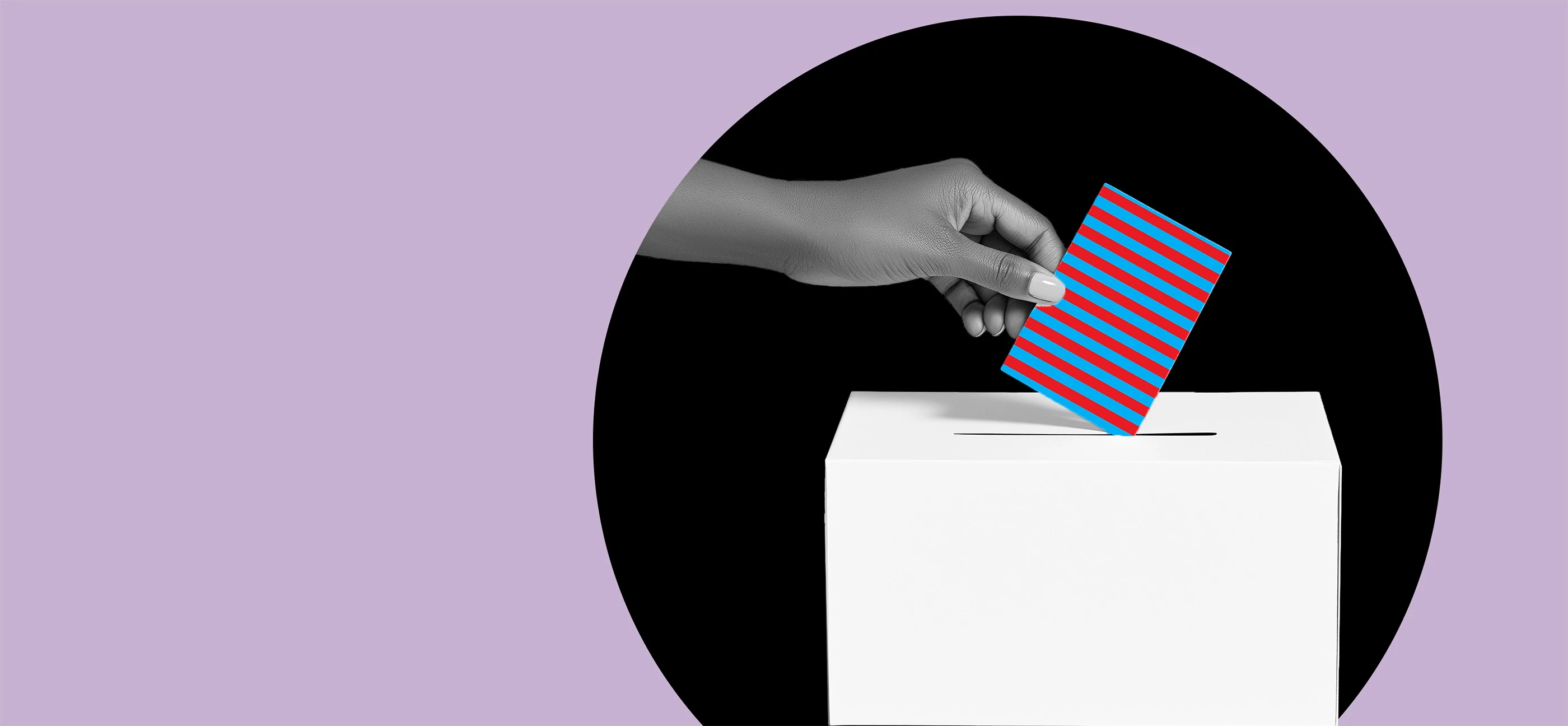









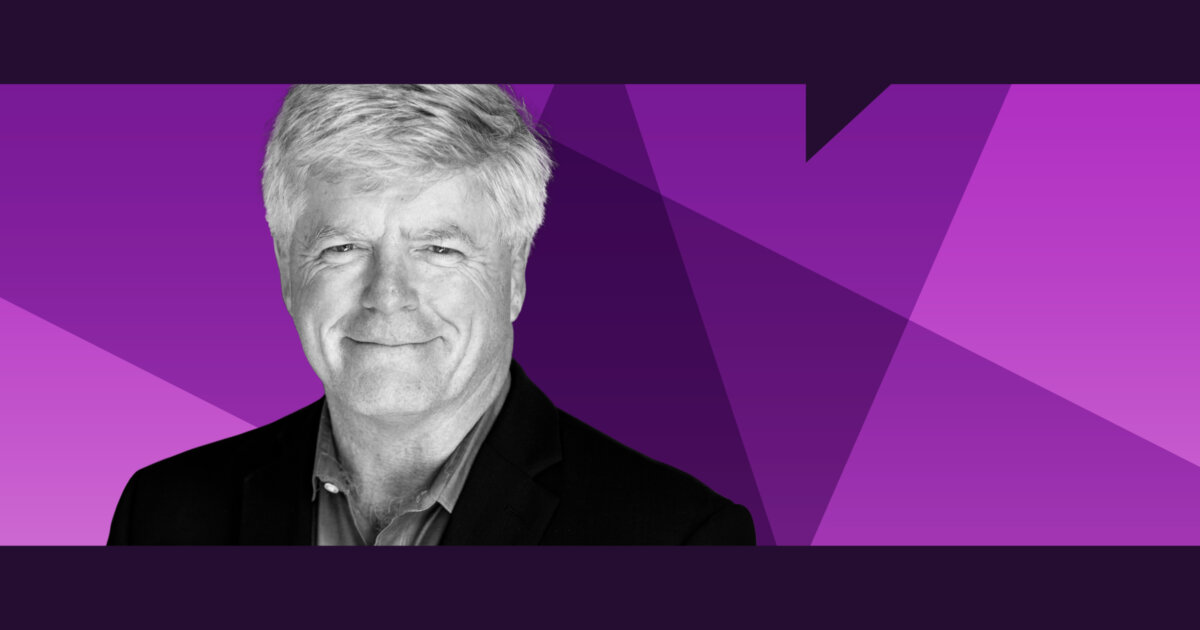




















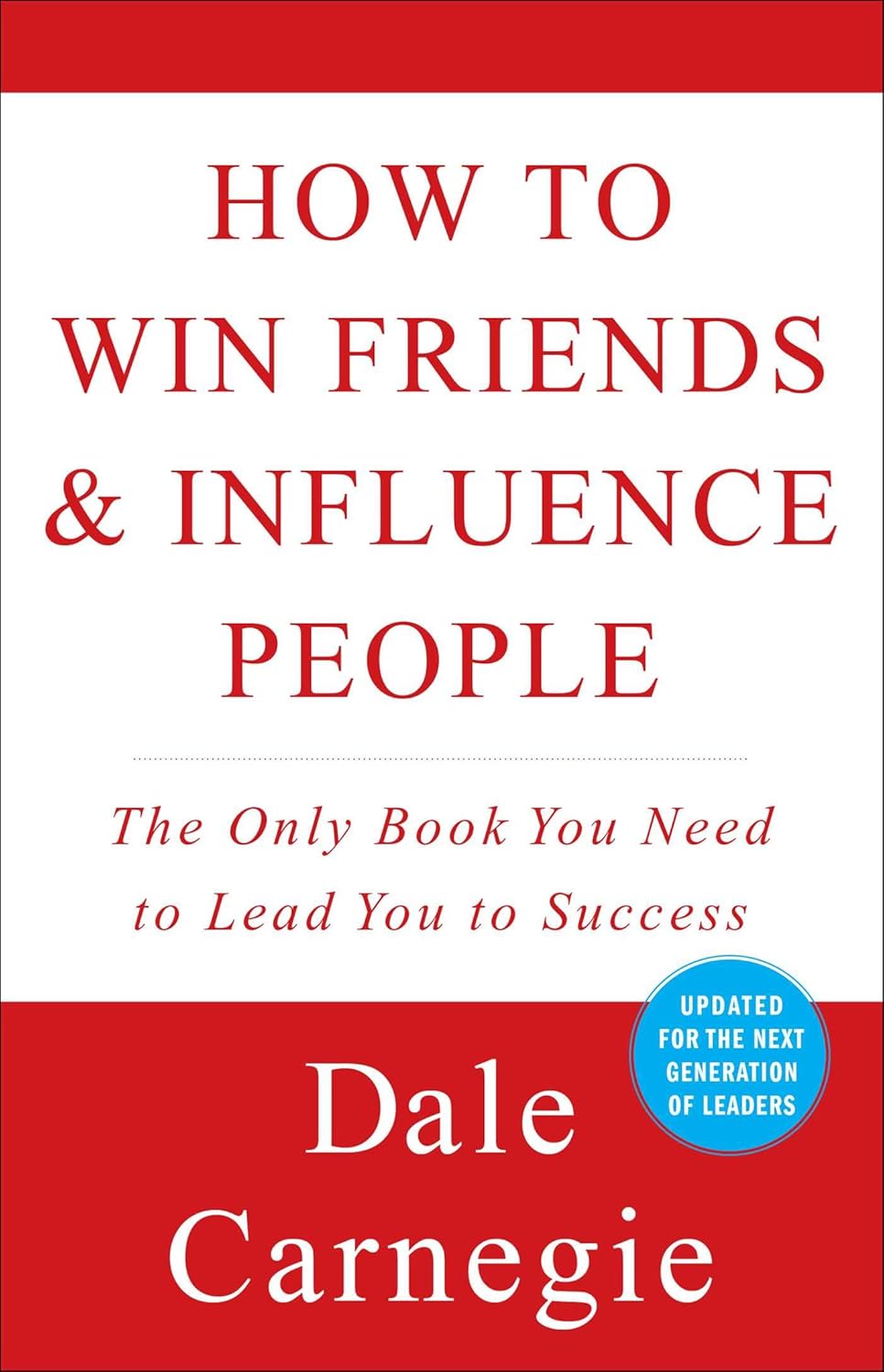
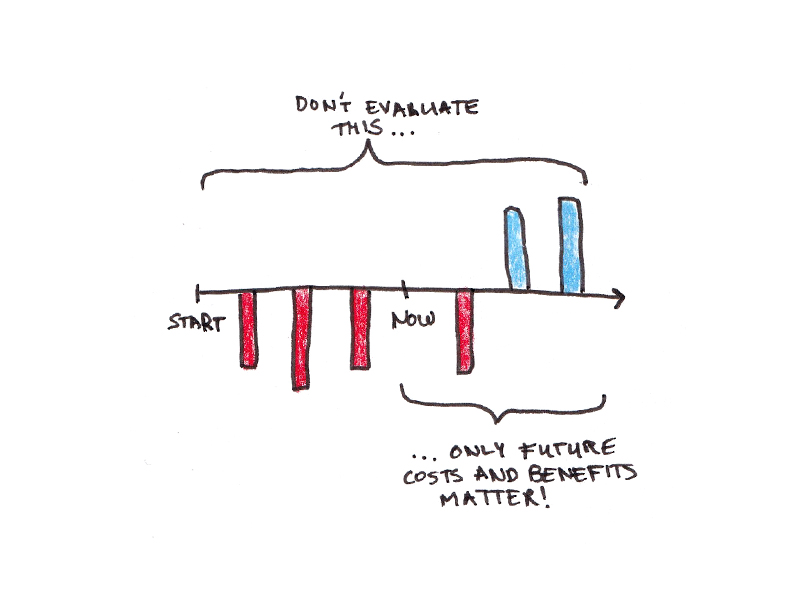

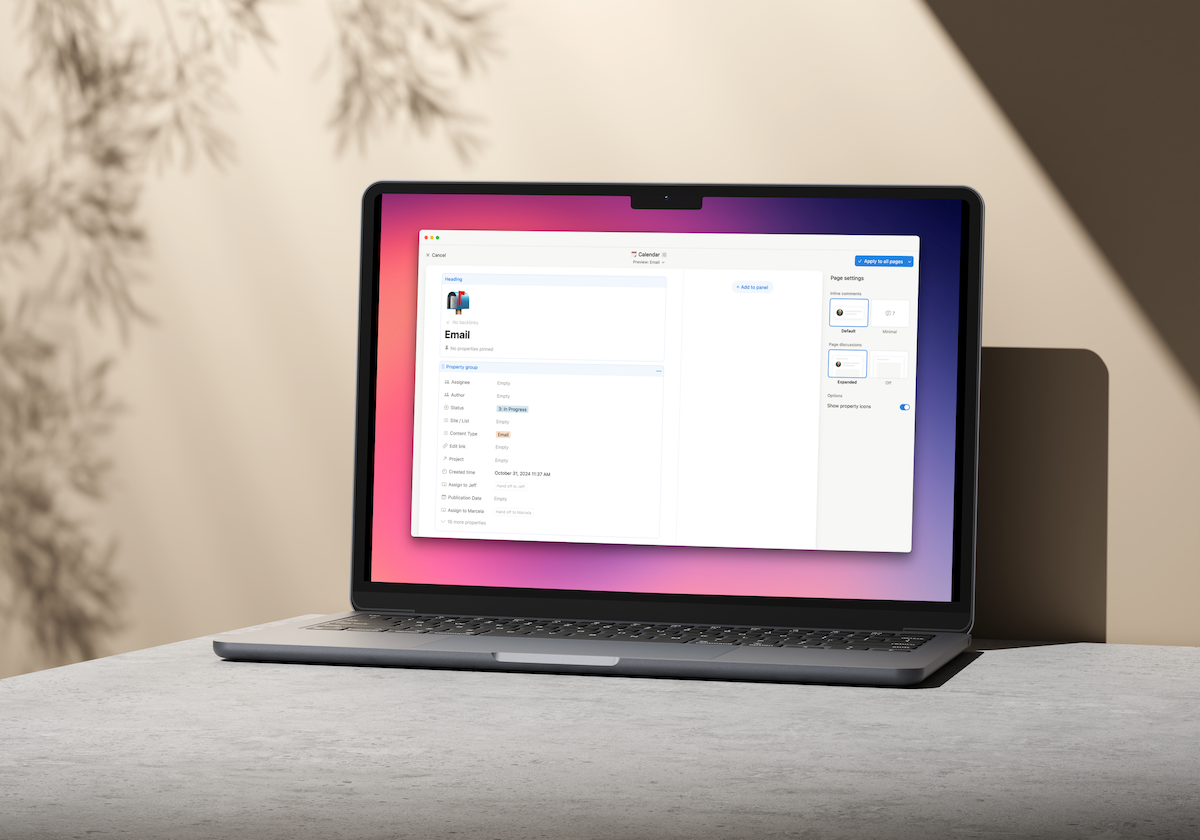







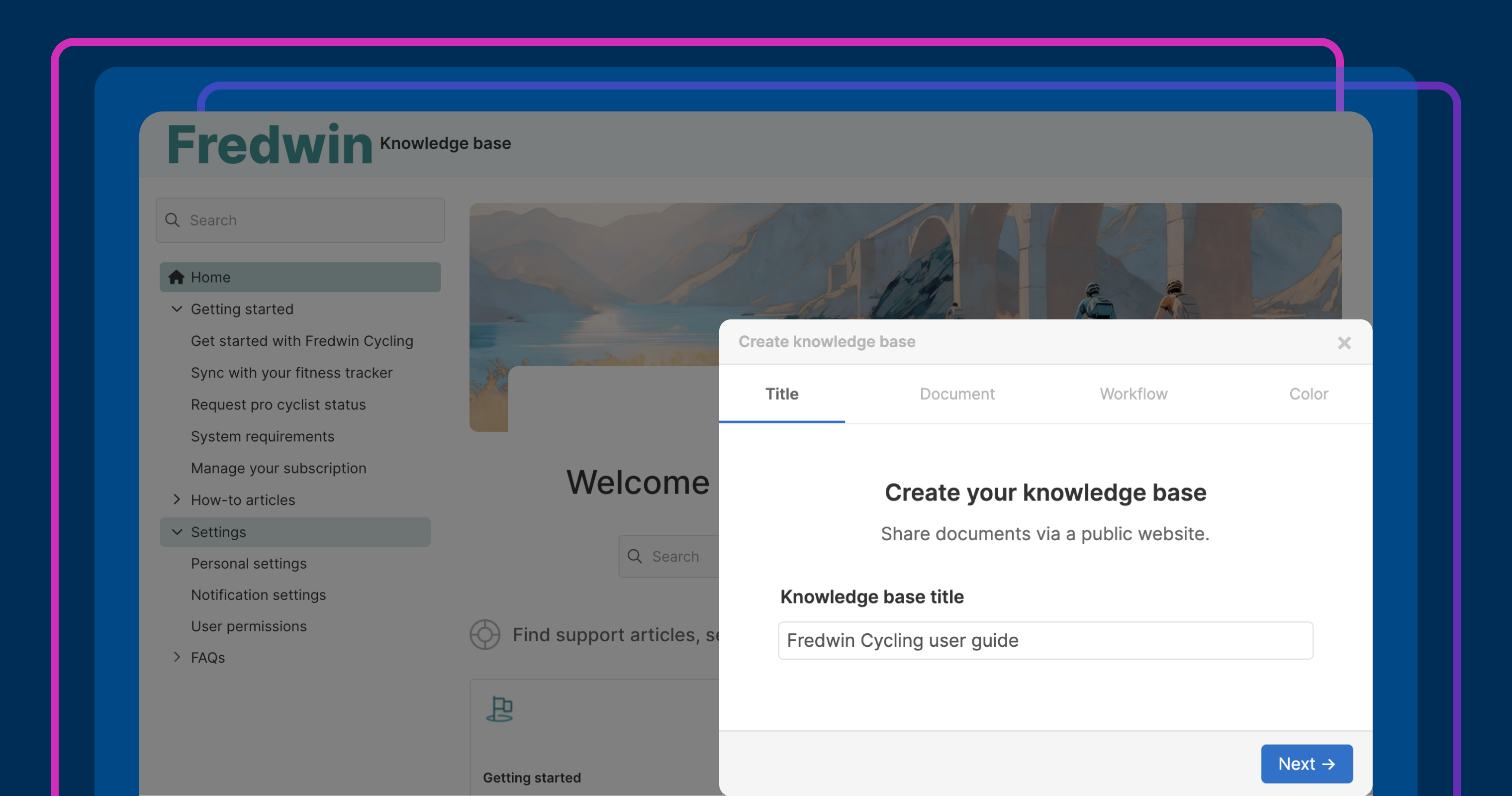


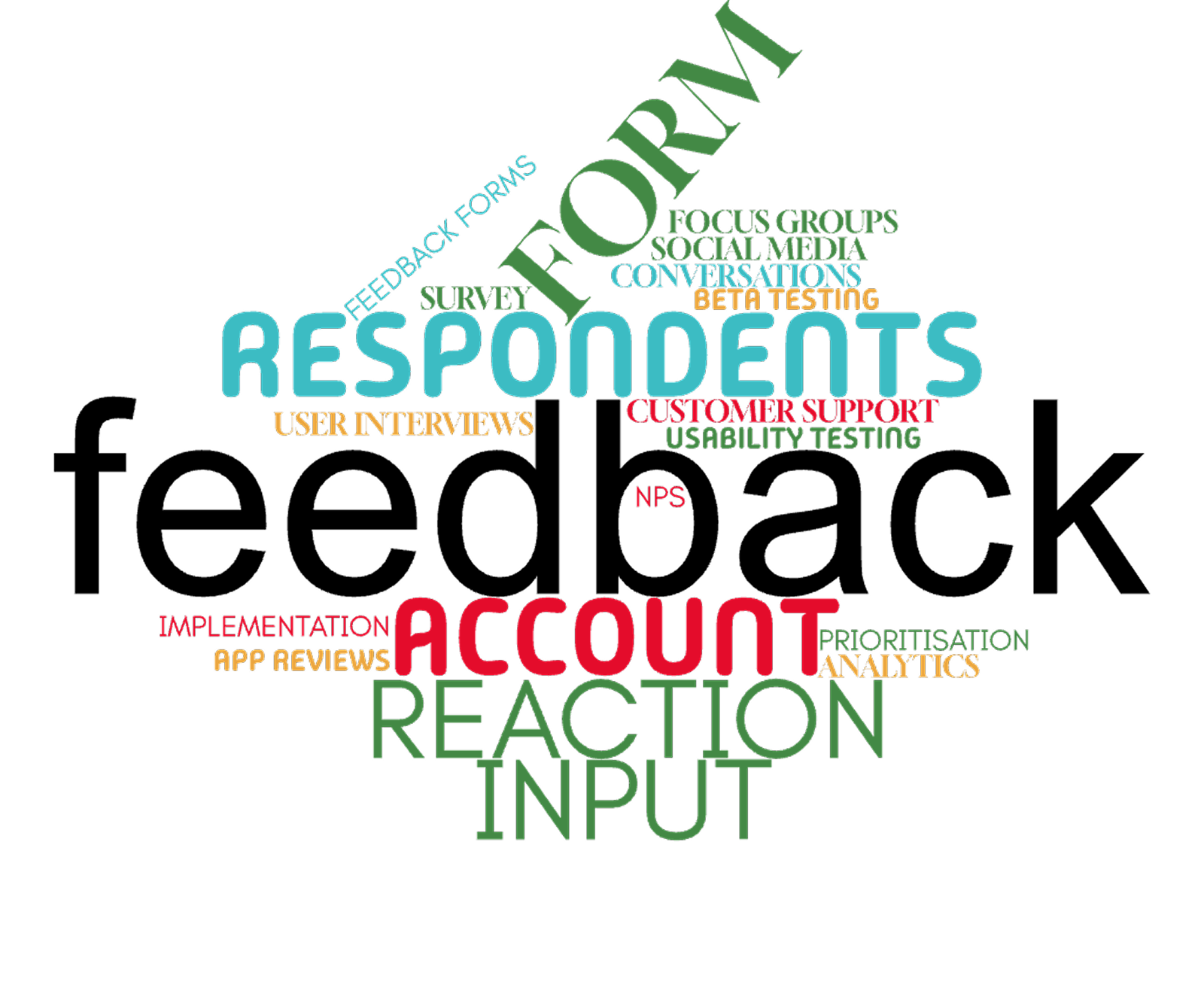
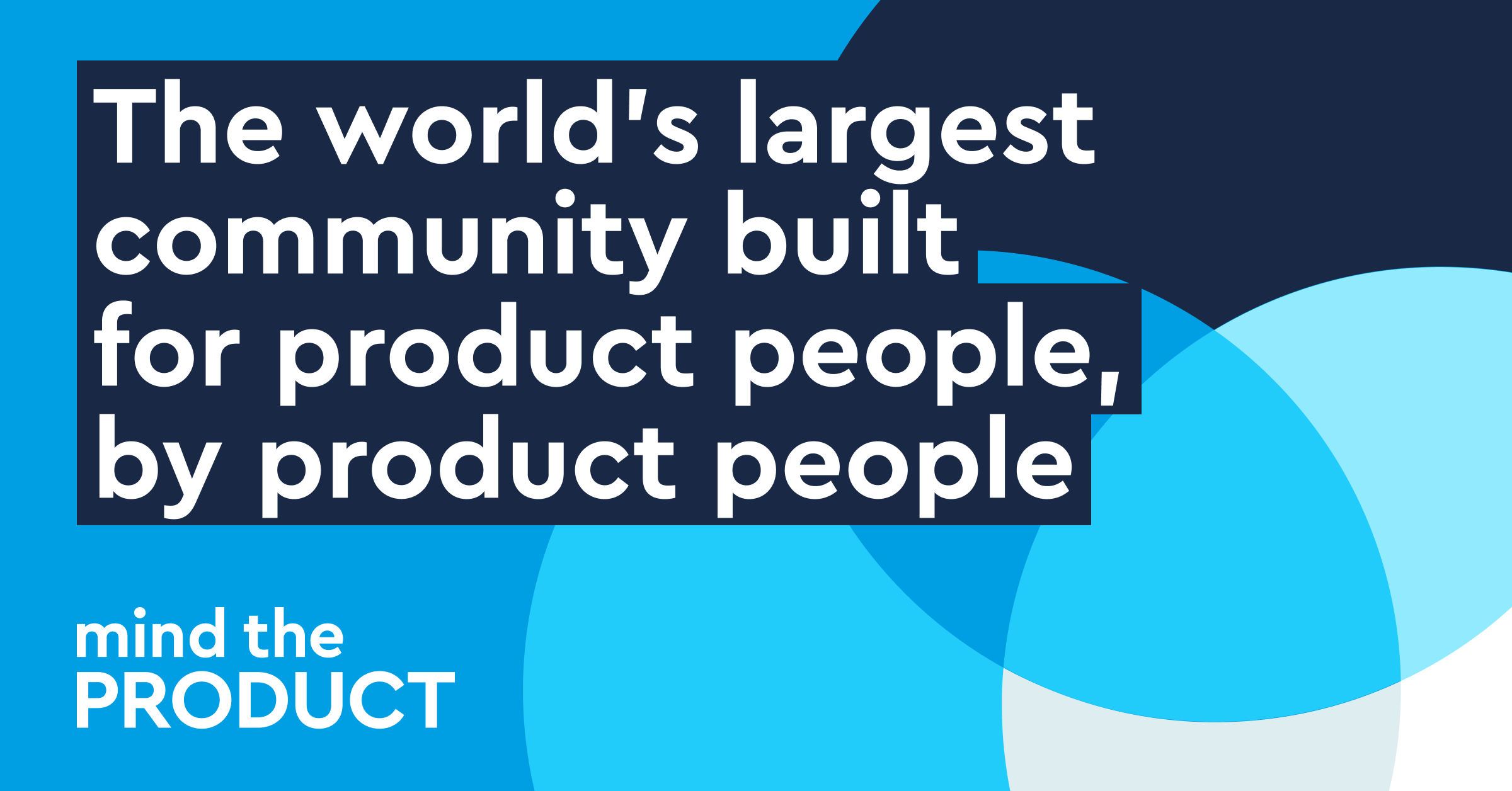

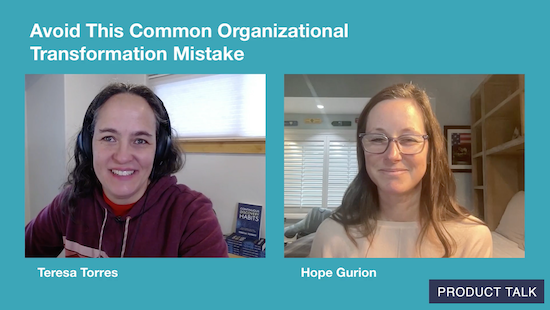
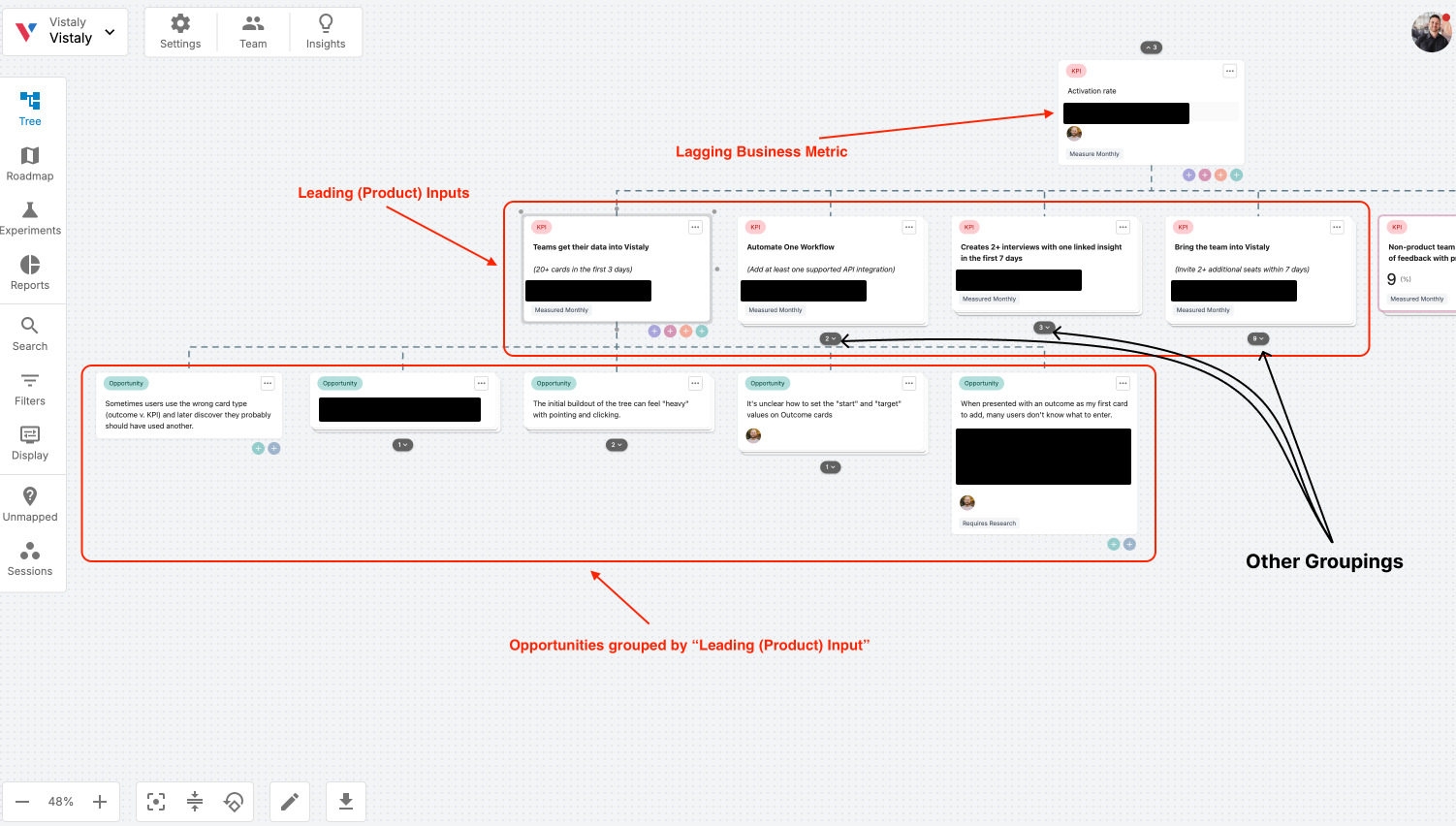
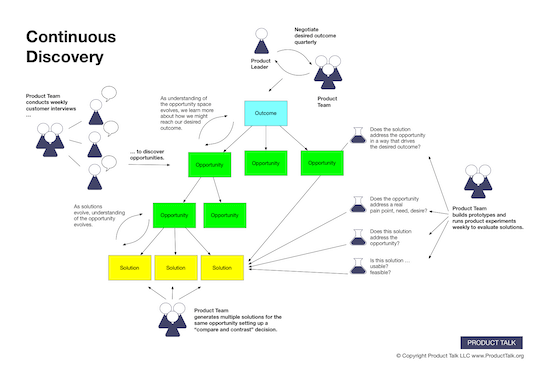
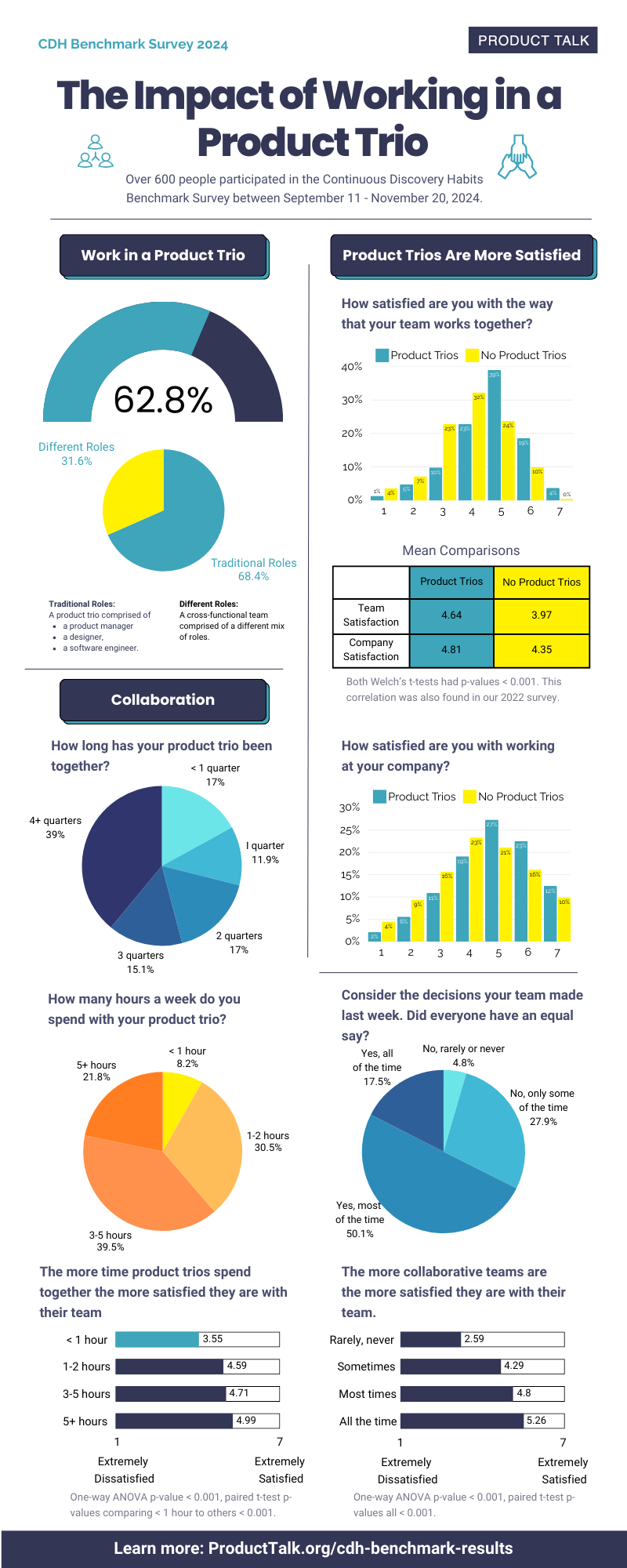



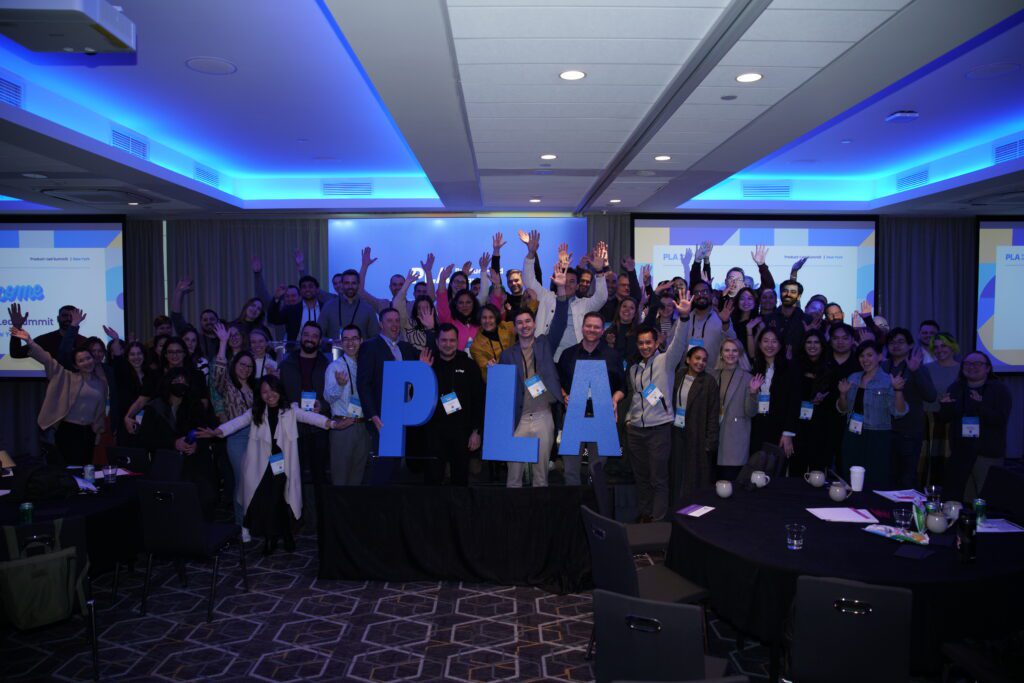






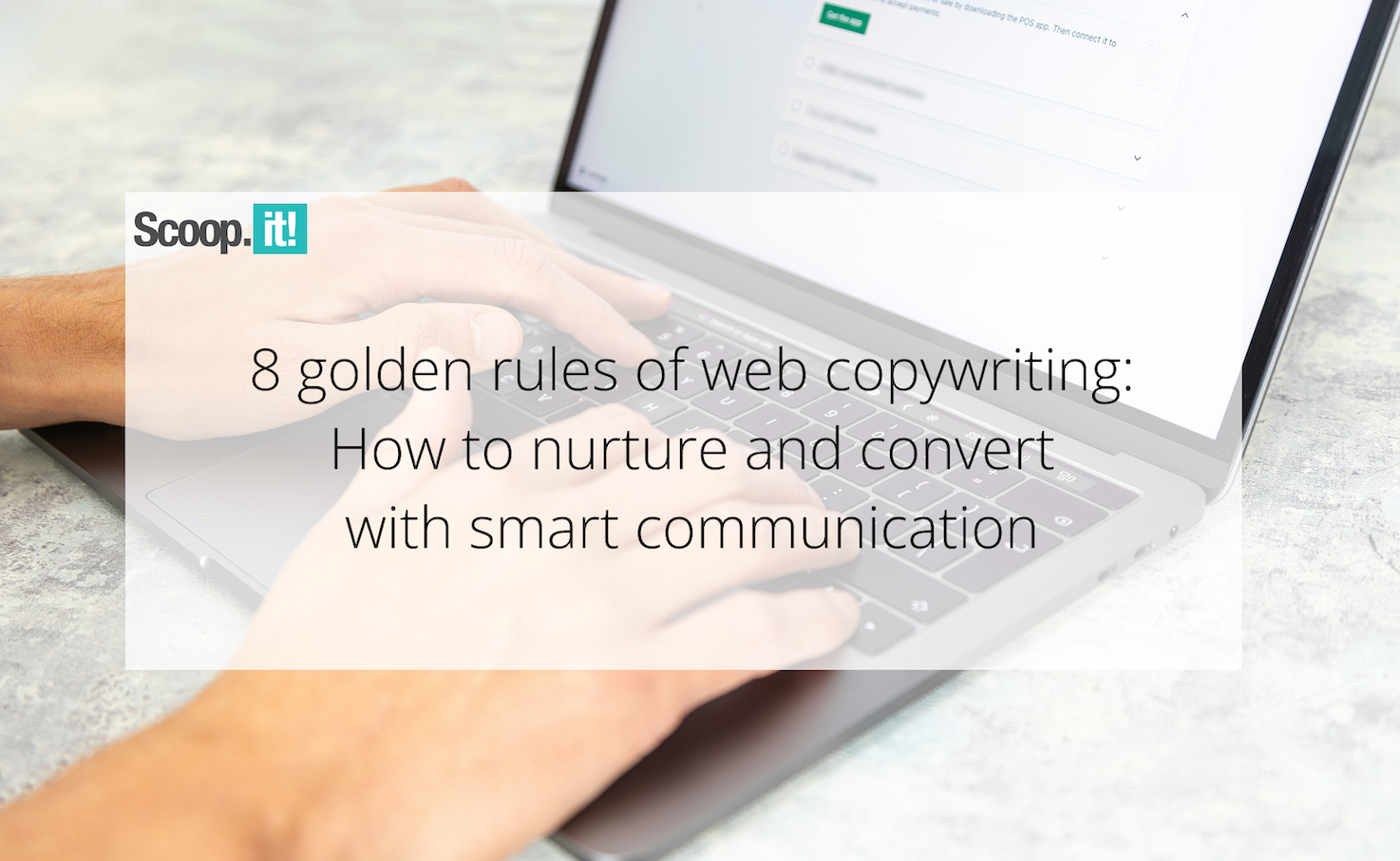
![How One Brand Solved the Marketing Attribution Puzzle [Video]](https://contentmarketinginstitute.com/wp-content/uploads/2025/03/marketing-attribution-model-600x338.png?#)

![Building A Digital PR Strategy: 10 Essential Steps for Beginners [With Examples]](https://buzzsumo.com/wp-content/uploads/2023/09/Building-A-Digital-PR-Strategy-10-Essential-Steps-for-Beginners-With-Examples-bblog-masthead.jpg)
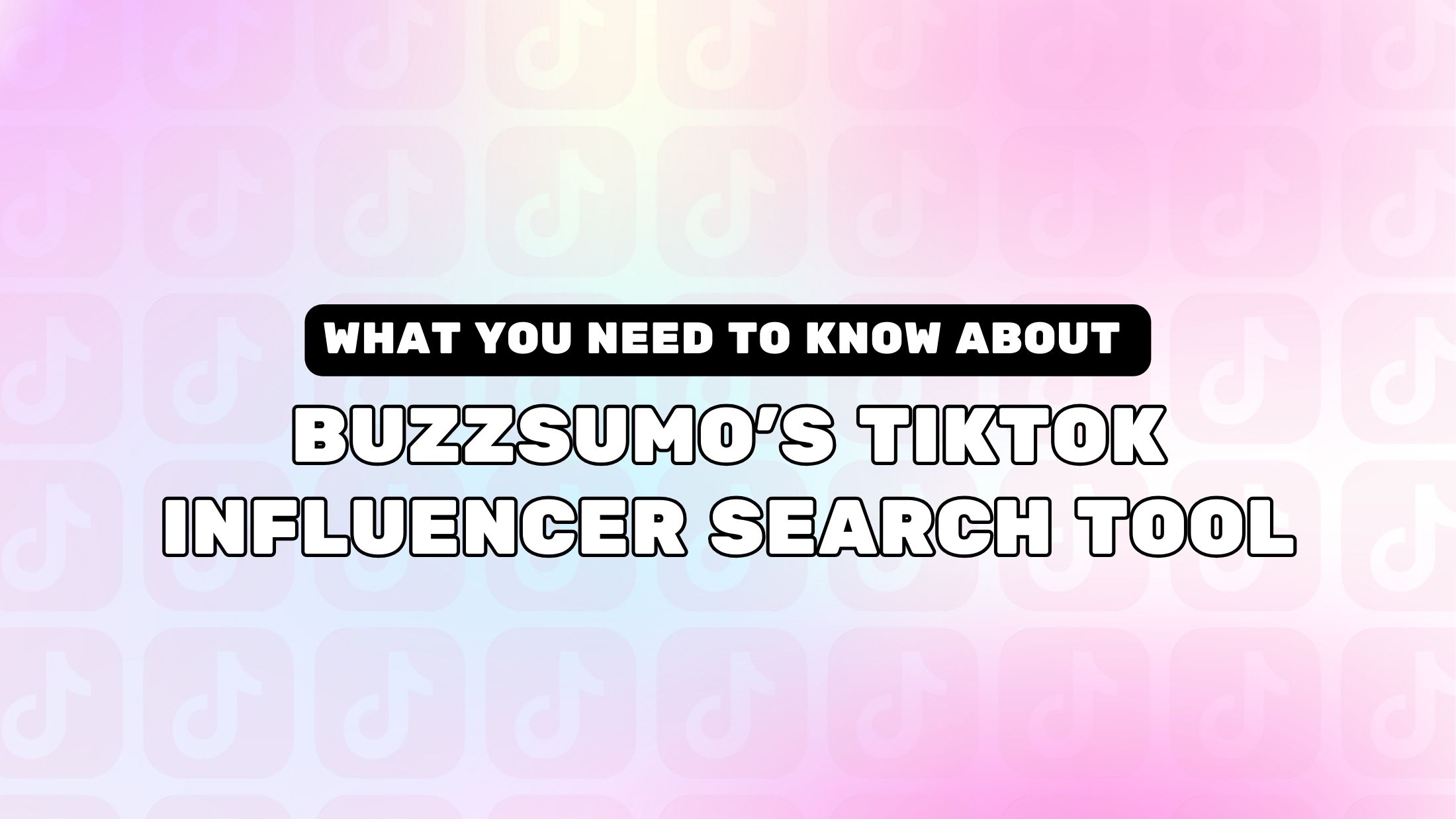
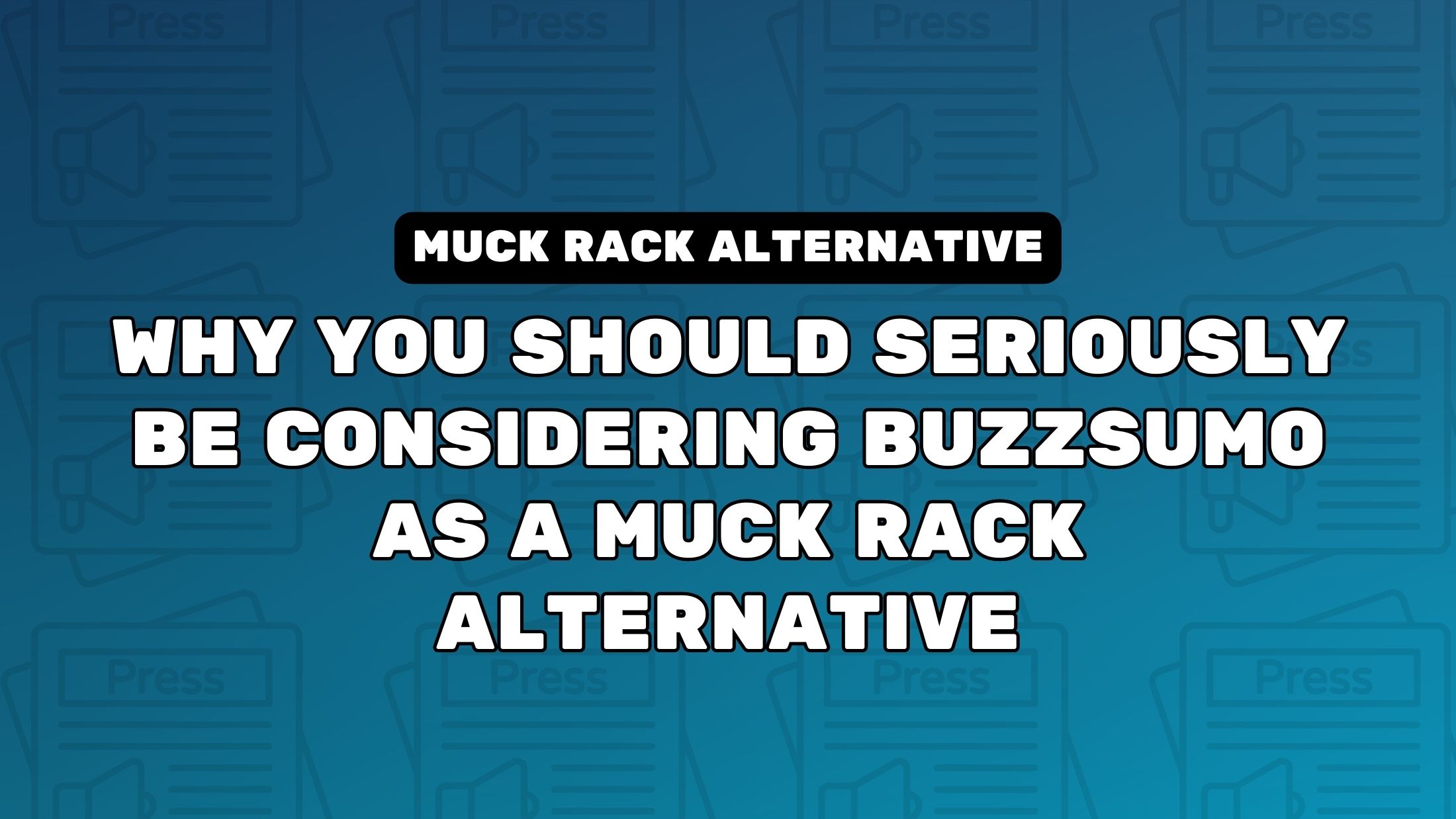
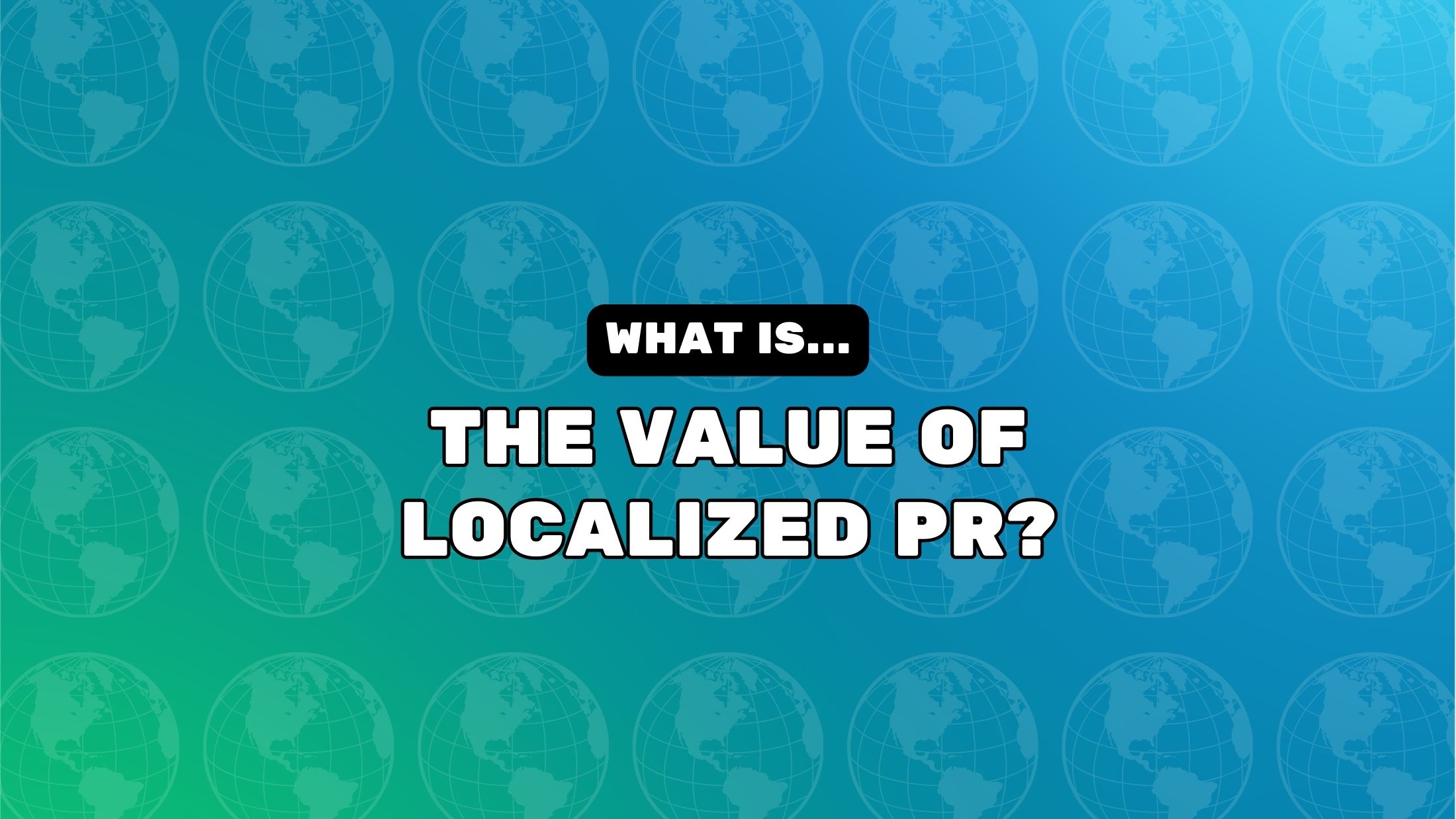







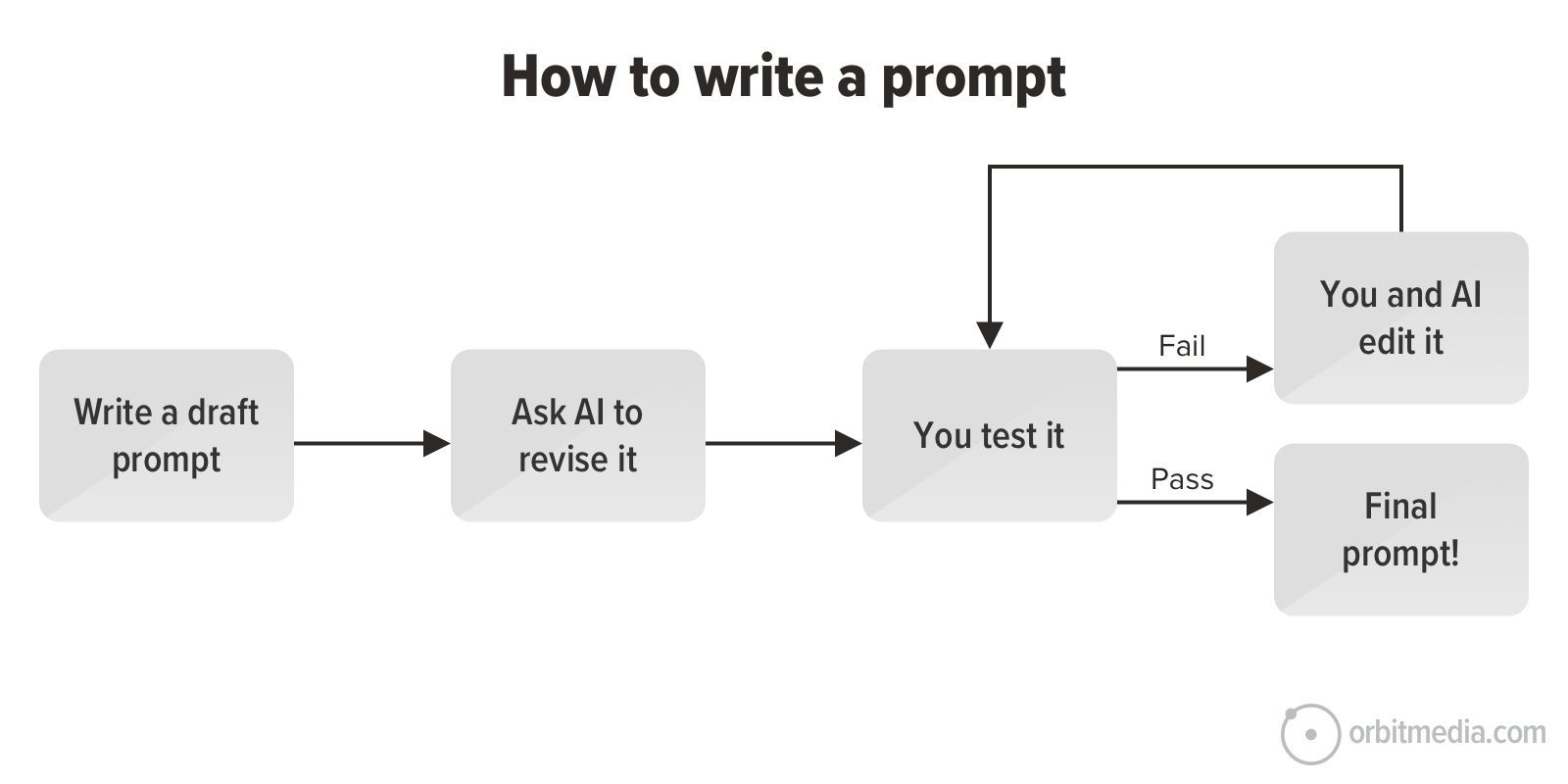
![How to Use GA4 to Track Social Media Traffic: 6 Questions, Answers and Insights [VIDEO]](https://www.orbitmedia.com/wp-content/uploads/2023/06/ab-testing.png)
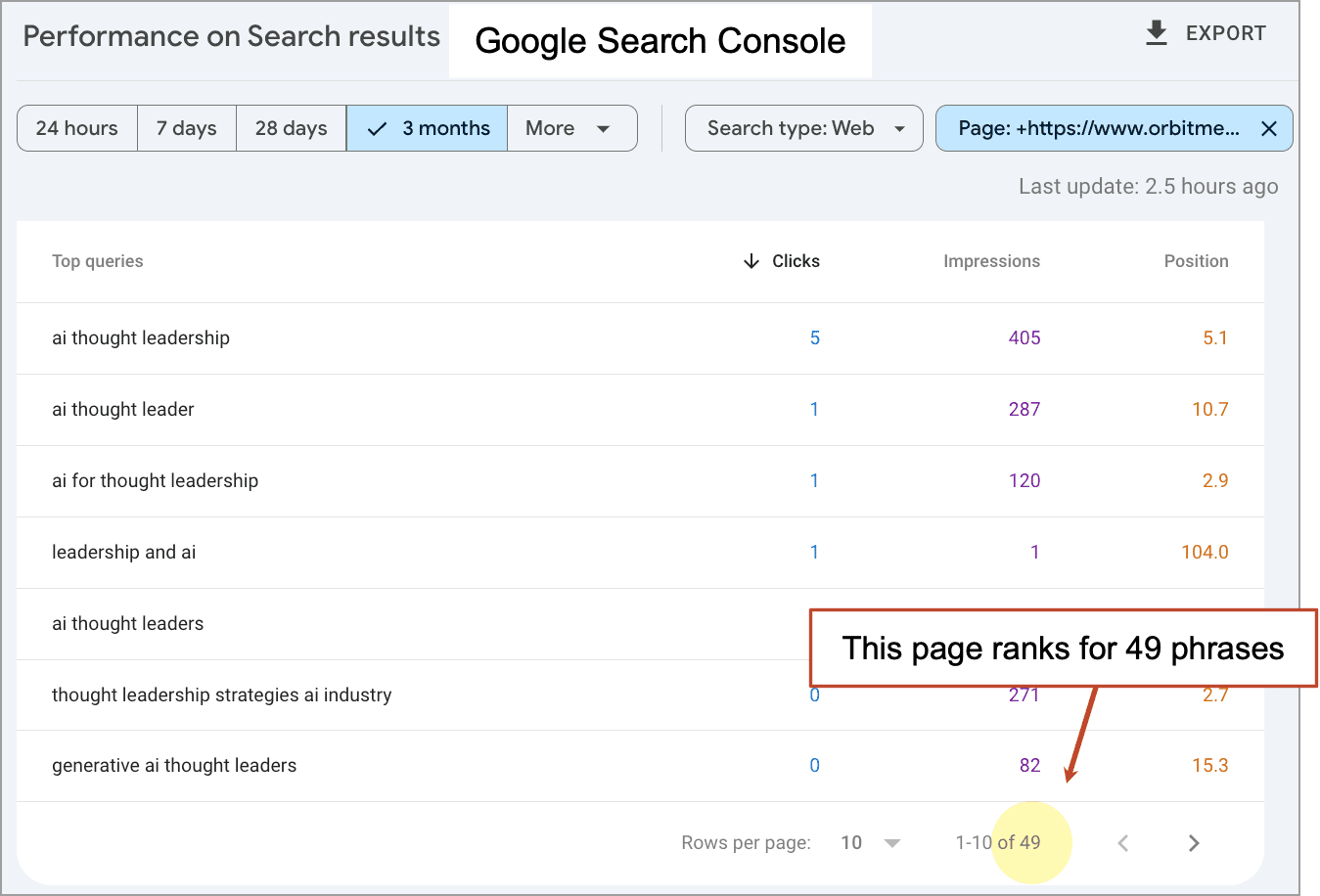


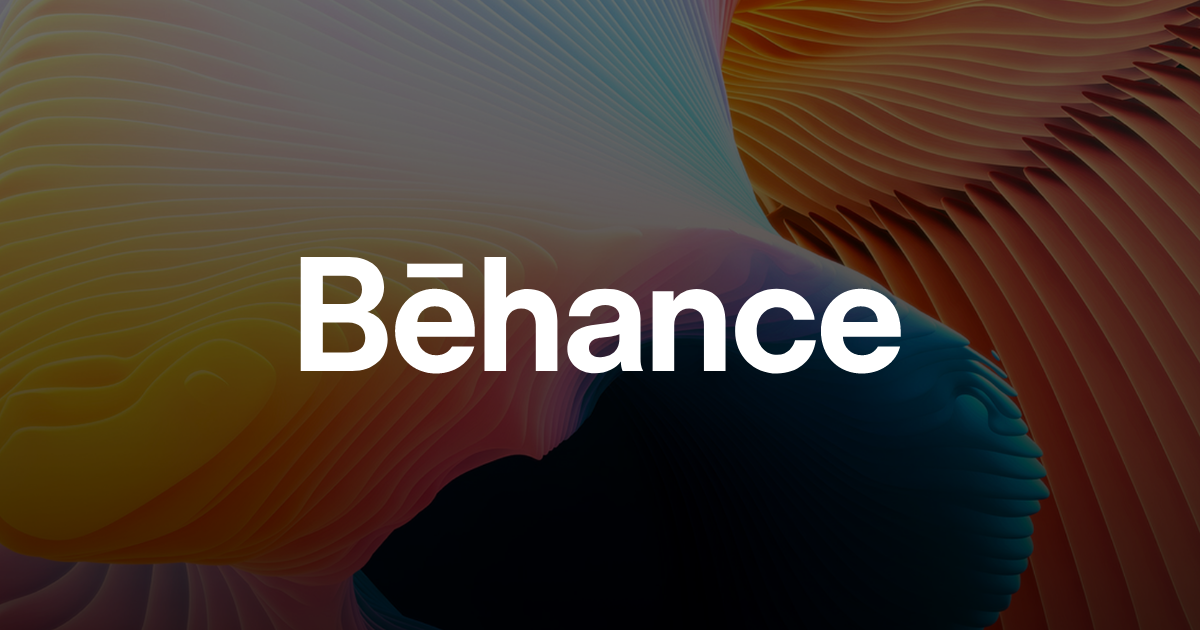
![[HYBRID] ?? Graphic Designer](https://a5.behance.net/cbf14bc4db9a71317196ed0ed346987c1adde3bb/img/site/generic-share.png)























